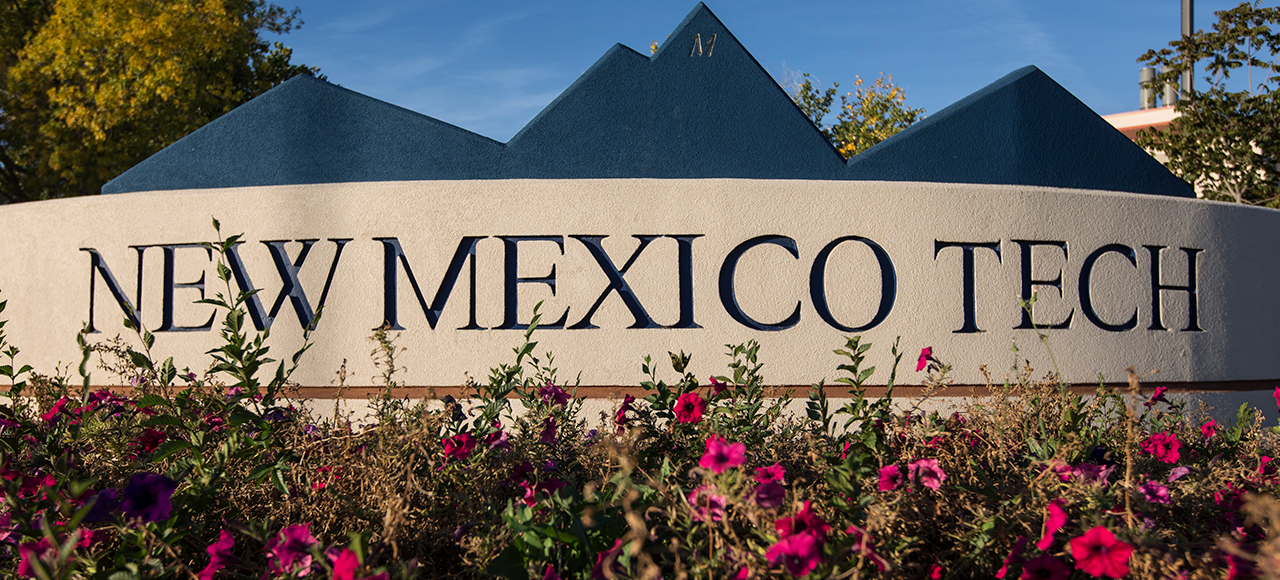
Astrophysics / Astronomy
Dave Westpfahl
Dr. Westpfahl’s expertise is wide ranging in the area of astrophysics, including optical and radio astronomy. He is well-versed in the latest discoveries, as well as outreach efforts. His research includes the study of the evolution and dynamics of spiral and dwarf galaxies using the Very Large Array radio telescope. He has spearheaded Lodestar, a scientific initiative that designed to place astronomy at the fingertips of the public and New Mexico students. Dr. Westpfahl has a knack for explaining complex scientific concepts in a manner than anyone can understand.
Dr. Westpfahl earned his bachelor’s in physics from Dartmouth College in 1975. He then earned two masters, the first in physics from Montana State in 1978 and the second from Yale in astronomy in 1979. He completed his Ph.D. at Montana State in physics in 1985.
- Astrophysics
- Nearby Galaxies
- Dynamos (analog for the Earth’s core)
- Physics in General
- Teaching/pedagogy
Michelle Creech-Eakman
Her research projects include extra-solar planets, brown dwarf stars, young stellar objects and infrared satellite data. She spearheaded the New Mexico Exoplanet Spectroscopic Survey Instrument, which was purpose built to look at planets orbiting other stars. Dr. Creech-Eakman is a talented public speaker; she presented an engaging talk at the 2013 TEDx Albuquerque event that explains the science behind the MRO Interferometer. She has also been featured on several TV news segments related to NMT research.
Dr. Creech-Eakman is the Project Scientist for the Magdalena Ridge Observatory Interferometer and an associate professor in the Physics Department. She earned her bachelor’s in physics and applied mathematics and her master’s in physics, both from the University of North Dakota. She earned her Ph.D. in physics and astronomy from the University of Denver in 1997.
- General Astronomy
- Infrared Astronomy
- Stars and Stellar Evolution
- Interferometry
- Exoplanet Science
- Astrobiology
Lisa Young
Dr. Lisa Young is an astrophysics professor specializing in galaxy formation, the interstellar medium (ISM) and dark matter. She examines the ISM to reveal the past history of elliptical, spiral and dwarf galaxies.
She earned her bachelor’s in astronomy and astrophysics at Harvard University, followed by a Ph.D. in astronomy at the University of Illinois. She also completed a pre-doc fellowship at the NRAO in Socorro and a post-doc at New Mexico State University. A full professor, Young teaches upper level courses in plasma astrophysics and advises several graduate students.
Eileen Ryan
Dr. Eileen Ryan is the project scientist and manager of the Magdalena Ridge Observatory 2.4-meter telescope – an instrument the same size as the Hubble Space Telescope. She specializes in finding and characterizing Near Earth Objects, including asteroids, comets and manmade satellites. Dr. Ryan is also known for her work in collisions and fragmentation.
Ryan earned her bachelor’s in physics from Rutgers University in 1982, her master’s in astronomy from New Mexico State University in 1985, and her Ph.D. from the University of Arizona in 1992. A skilled public speaker, Ryan has been featured on morning talk radio, several TV news segments and many other public speaking engagements.
She is currently a team scientist on NASA's Asteroid Impact and Deflection Assessment (AIDA) spacecraft mission which has plans (in conjunction with the European Space Agency) to study the binary asteroid system Didymos, and launch a kinetic impactor to test deflection technology on its small moon. A broad definition of planetary science is: understanding the planets, satellites and smaller bodies in the solar system by studying their atmospheres, surfaces and interiors. Research can be carried out in the laboratory, from astronomical facilities, and from spacecraft missions.
- Planetary Science
- Asteroid Collisional Physics
- Potentially Hazardous Comets and Asteroids
- Ground-Based Astronomy
- Space Situational Awareness (Tracking Satellites)
Paul Arendt
Dr. Paul Arendt is an assistant professor who specializes in mathematical and theoretical physics. His research focuses on pulsars and strong-field astrophysics, such as those found in neutron stars. Arendt has appeared on the morning talk show on 94 Rock, talking about black holes, gamma ray bursts, killer asteroids and other deadly occurrences from outer space.
Arendt earned his bachelor’s and his Ph.D. at New Mexico Tech, sandwiched around earning a master’s in California. Students flock to his entry level physics classes because of his skills in making difficult material easy to understand. He was honored with the Distinguished Teaching Award in 2010.
Raul Morales-Juberias
Dr. Raúl Morales-Juberías is an associate professor of physics, specializing in planetary science. He is particularly focused on understanding the atmospheres of the outer planets in our solar system through the use of observations and models.
Dr. Morales-Juberías earned his Ph.D. from the University of the Basque Country in Spain, and completed a post-doc at the University of Louisville in Kentucky before joining the New Mexico Tech faculty in 2005.
His main research interest is planetary atmospheric dynamics, particularly the dynamics of gas-giants, a large class that includes Jupiter, Saturn, Uranus, Neptune, Extra Solar Giant Planets, and Brown Dwarfs. He works with extensive observations from ground-based telescopes and interplanetary spacecraft as well as with numerical models. Researching the atmospheres of different bodies in the Solar System gives us a broad critical understanding on how atmospheres work that could not be accomplished by studying Earth’s atmosphere alone.